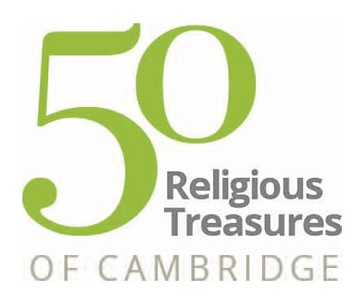Consider the strange phenomenon of Jesus and his parables with Dr James Carleton Paget.
Meet your lecturer
James Carleton Paget is interested in how Christianity began, how what was once 'Jewish' became 'Christian', and why an organisation which had at its centre a man who was neither a great general, nor a notable philosopher, but a carpenter, who died a death reserved for criminals, became the centre piece of a religion which was adopted by a Roman Emperor three hundred years later.
James is a lecturer in early church history in the Faculty of Divinity at the University. He is also a fellow and tutor at Peterhouse College.
Explore further
The 17 century oak and ebony cabinet you can see in the video is beautifully illustrated with scenes of the Prodigal Son, and is on display in the Fitzwilliam Museum in Cambridge. When the lid and its doors are closed, is hard to imagine the paintings and illusionist room enclosed within it. The cabinet was produced around the same time as a very well-known painting of the Return of the Prodigal Son by Rembrandt, which hangs in the Hermitage Museum in Russia.
The Gutenberg Bible was the first book printed in Western Europe using a printing press. The motivation behind printing the Bible was purely commercial, but it did pave the way for the English Reformation, and many more people having access to the Bible.
The Great Bible is held in the library of St John’s College, Cambridge and is the first officially authorised version of the Bible to be printed in English. This particular copy was produced for Thomas Cromwell. You can see a drawing of him in the frontispiece illustration. Henry VIII believed that by reading the Bible his subjects would ‘better know their duties to God, to their sovereign lord the king, and their neighbour’. Making the Bible widely available in English had the unintended consequence of encouraging many people to develop their own radical understandings of the text because they didn’t have to rely on someone to interpret it for them.
Consider some questions
What is a parable and why do you think Jesus used them?
How did Jesus make his parables meaningful to his listeners?
Do you think the messages Jesus gave in his parables have relevance for people today? Why?
Is it right to think that Jesus' parables have more than one meaning? And what are the consequences of thinking that?
Can we hope to understand the thoughts of a person who lived so long ago in culture quite different from our own?
Why do you think the phenomenon of Jesus was so compelling to the ancient world?
Guidance for teachers
Download the video transcript



